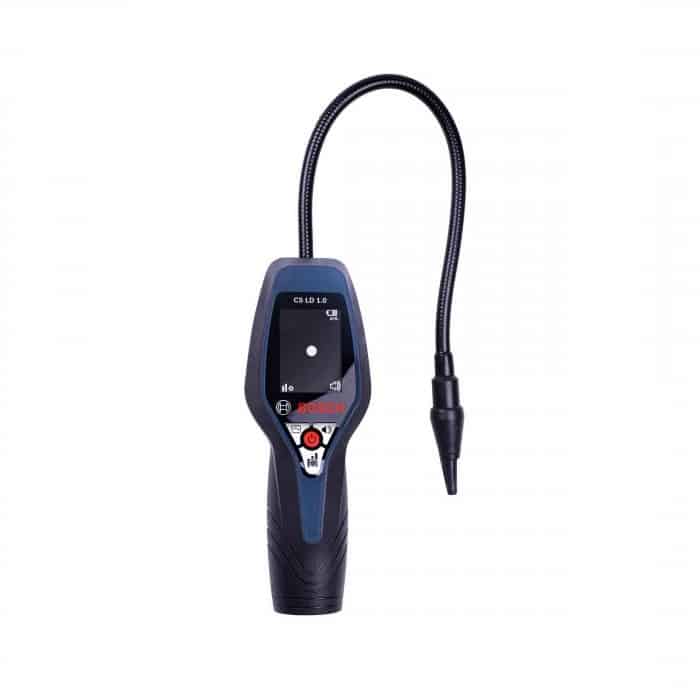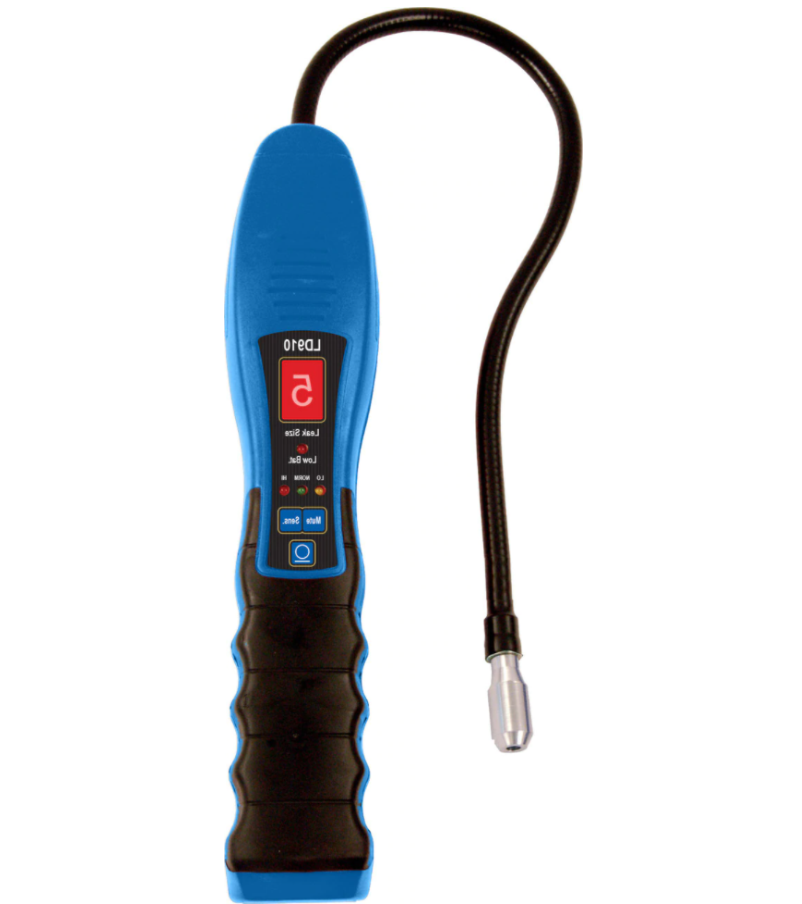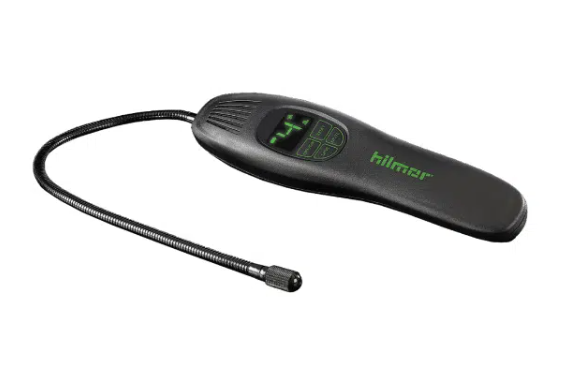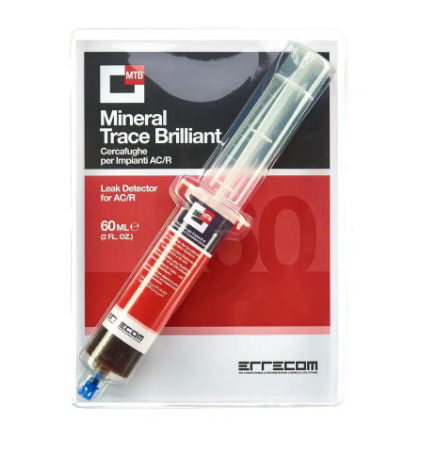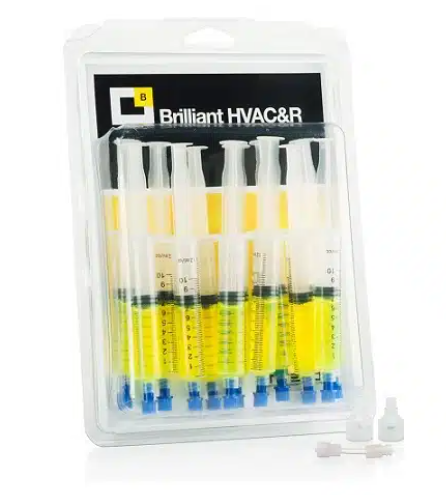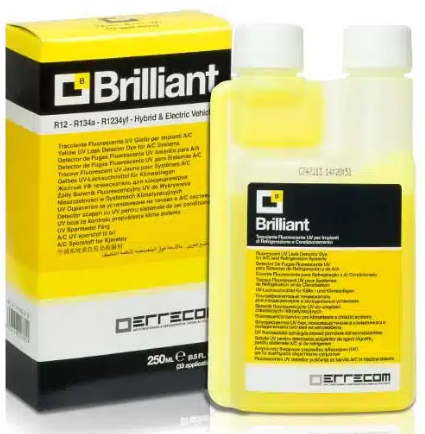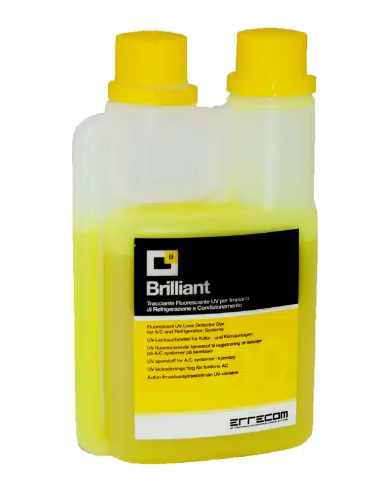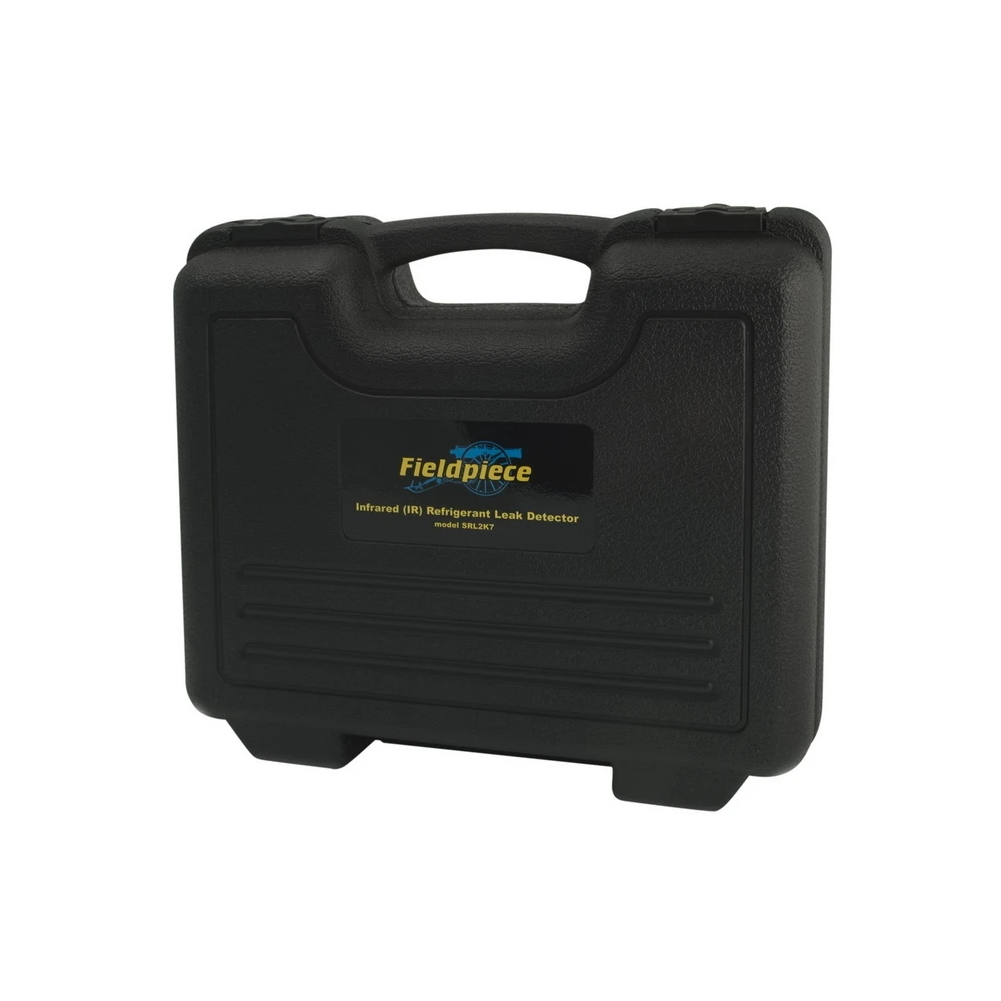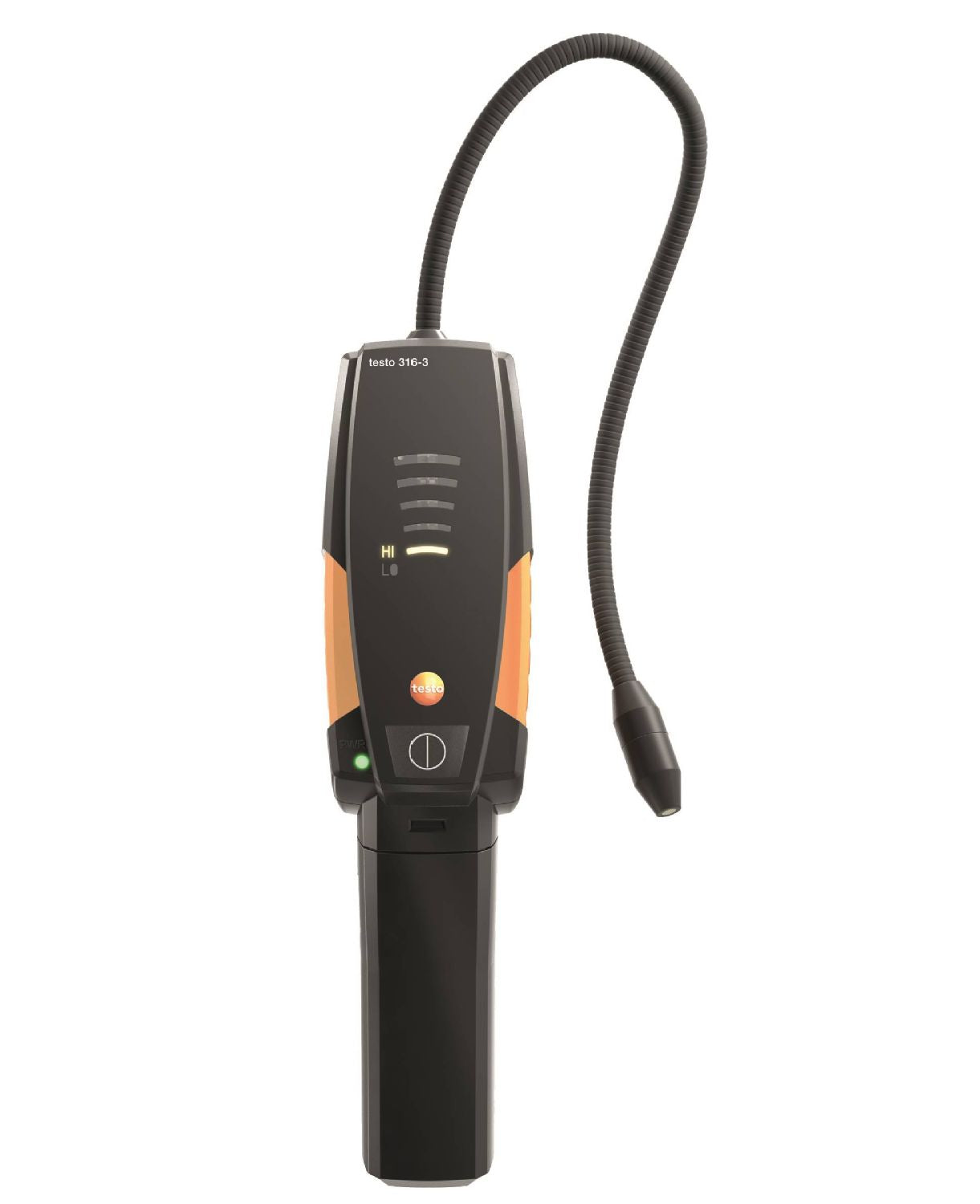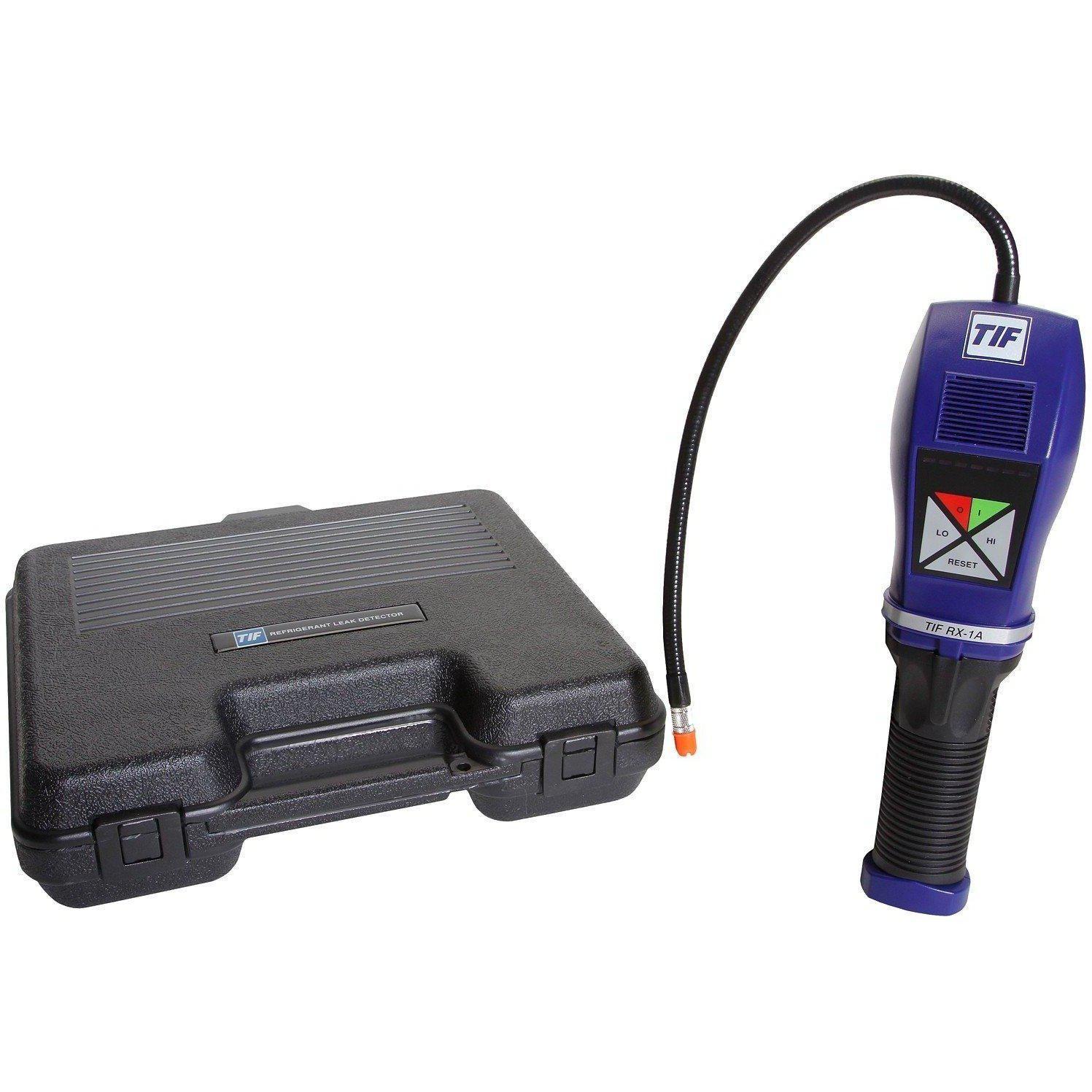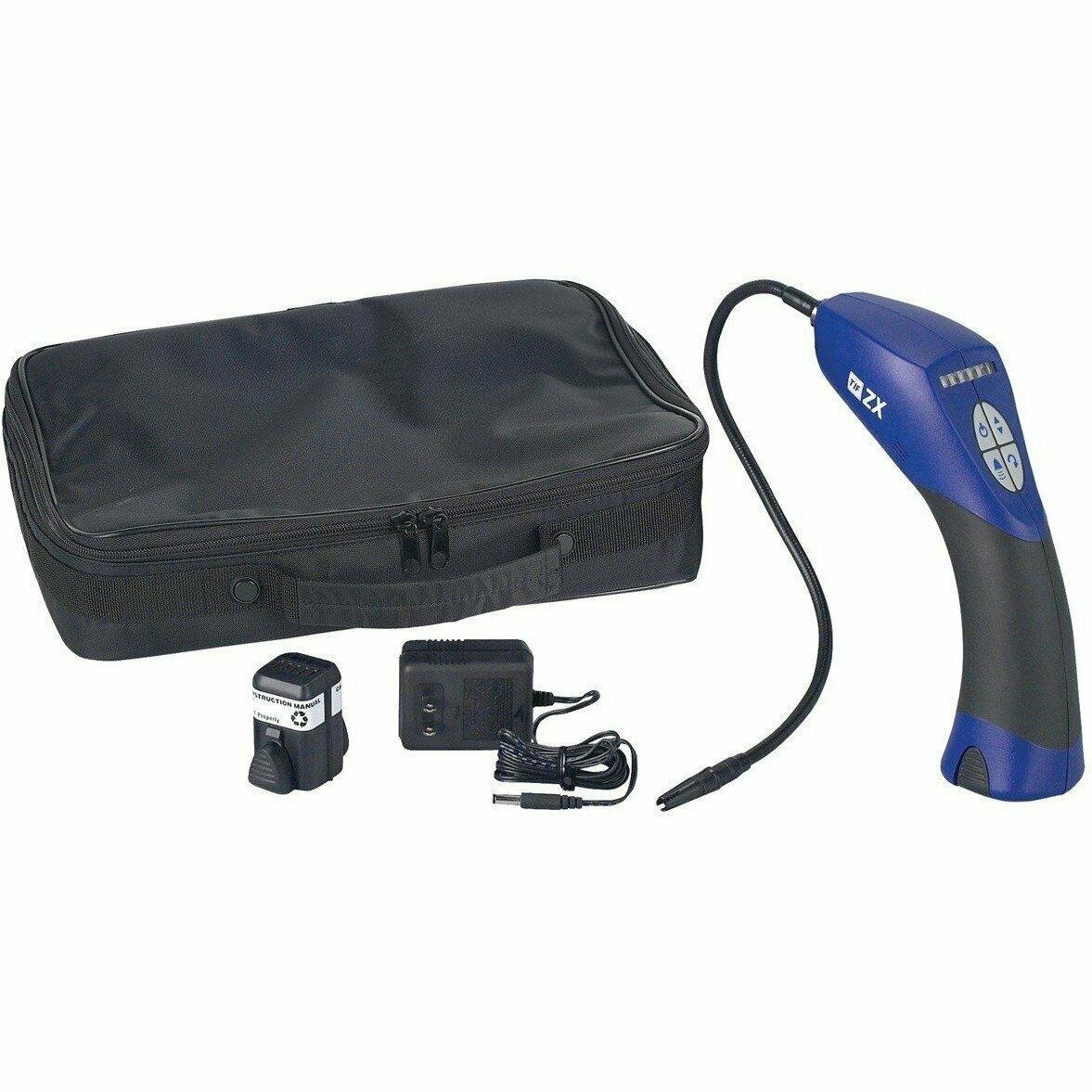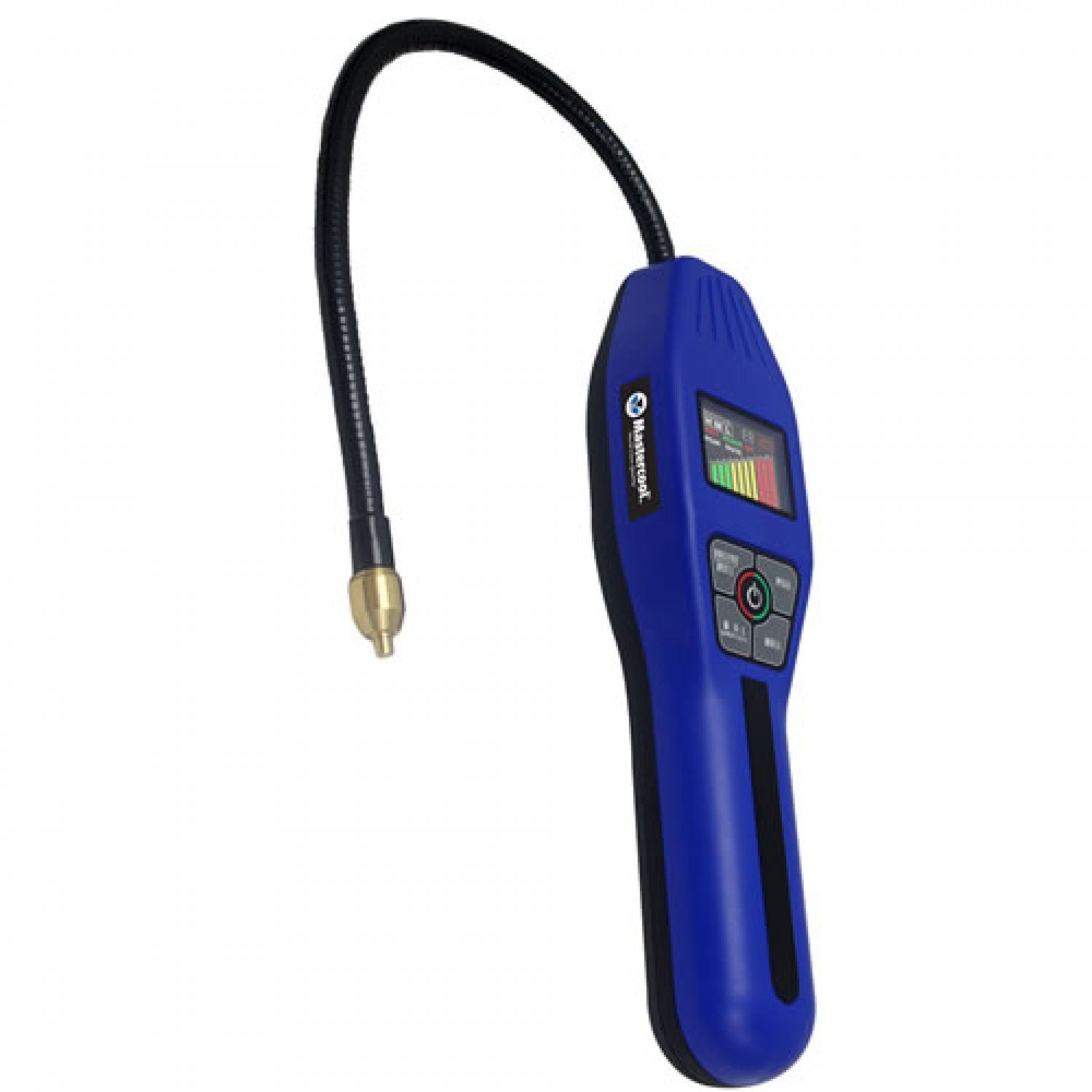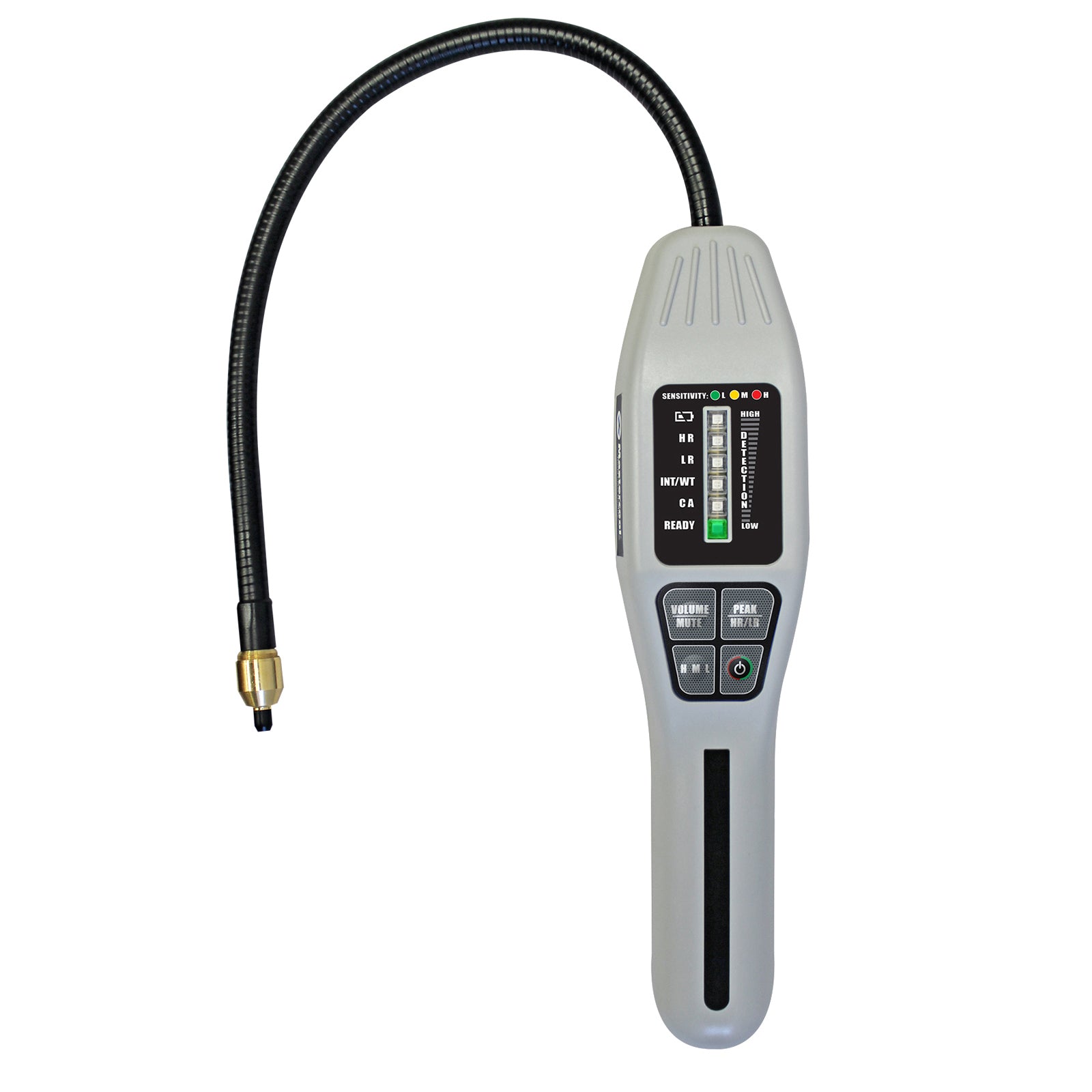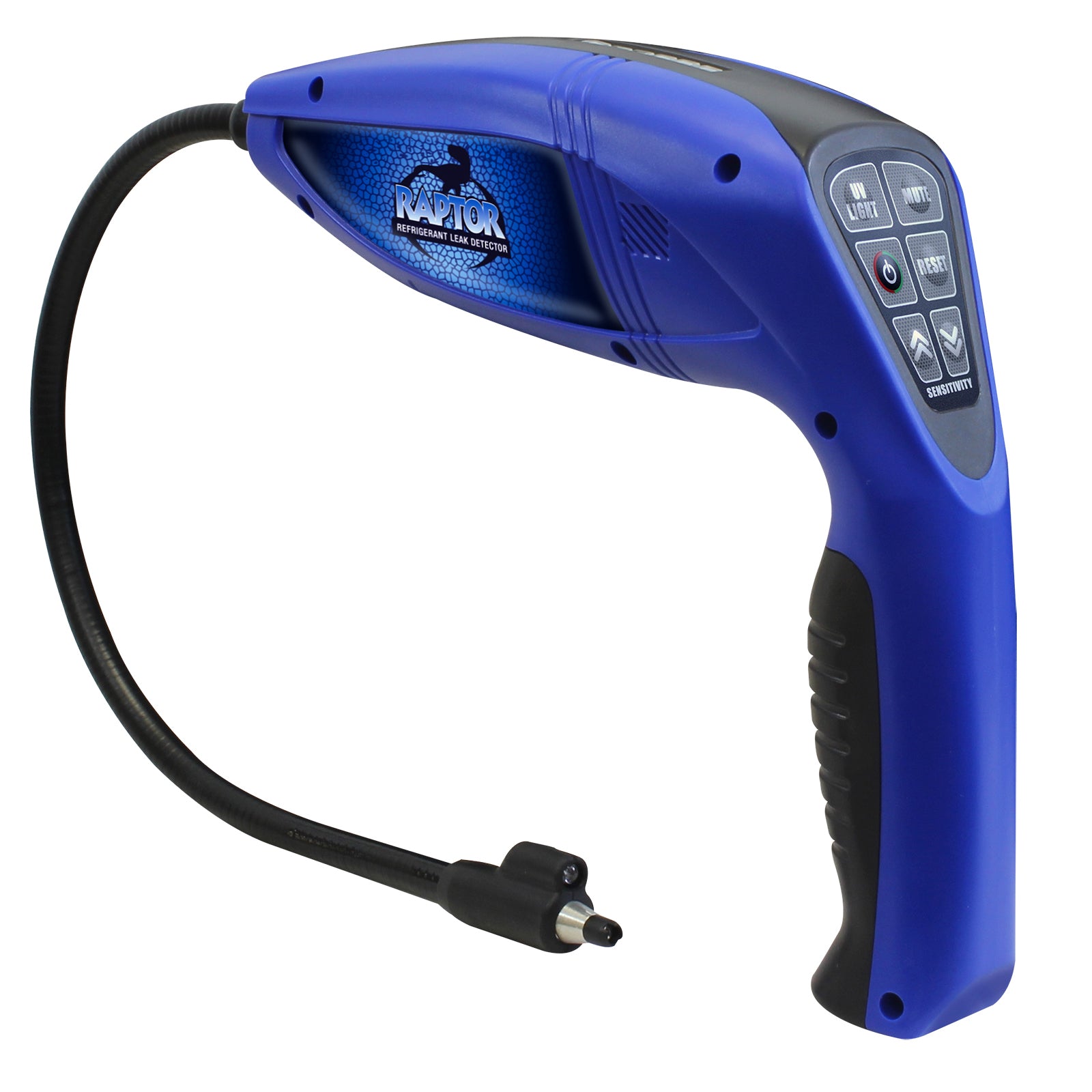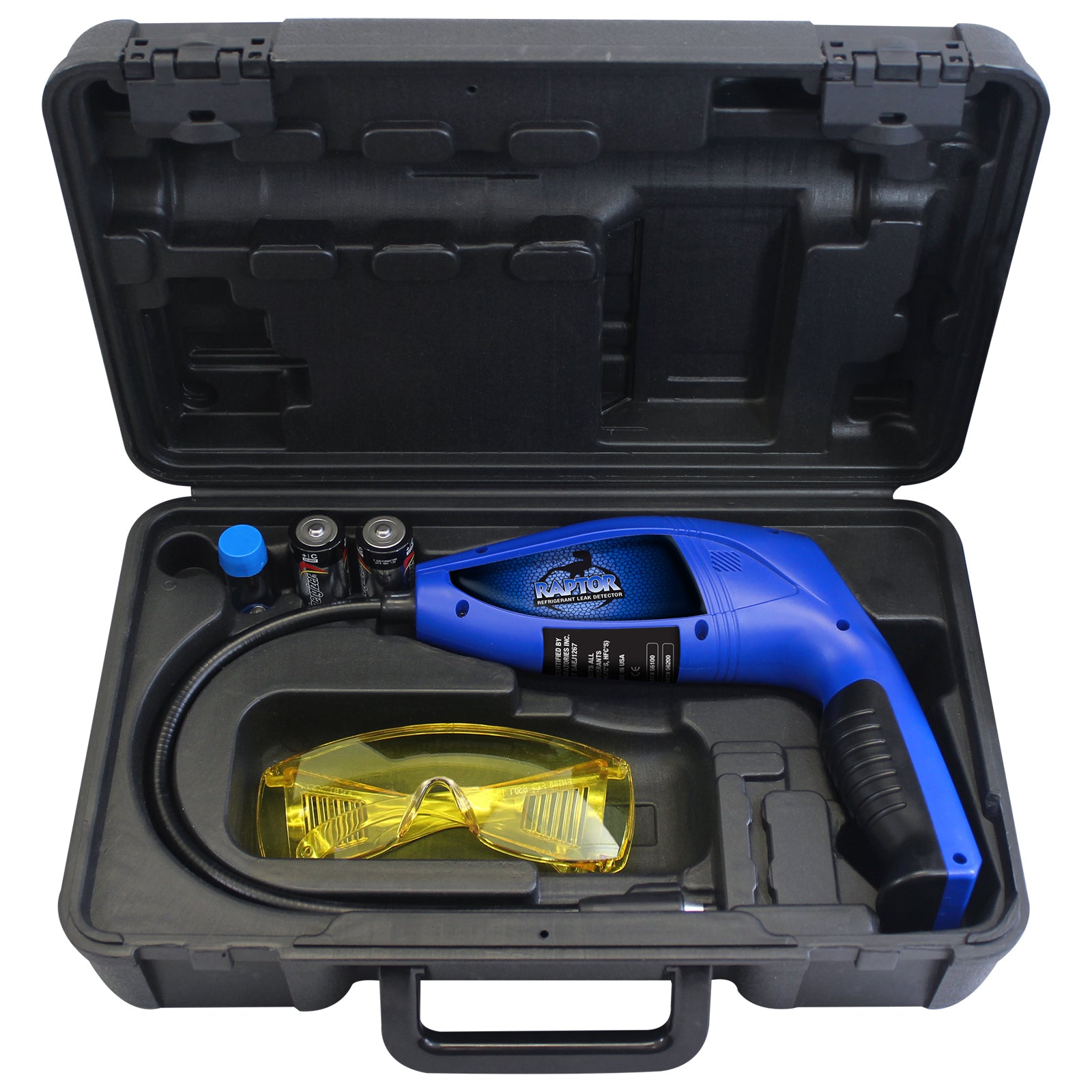Leak Detectors | Buy HVAC Refrigerant Leak Sniffers Online
29 products
Showing 1 - 24 of 29 products
Refrigerant Leak Detectors for HVAC Professionals in Australia
Find R32, R410A & A2L-compatible leak detectors for faster diagnosis, safer jobs and fewer call-backs.
HVAC Leak Detectors for Aussie Conditions
Refrigerant leaks cost time, money and reputation. A quality refrigerant leak detector lets you pinpoint gas leaks quickly, confirm repairs and keep systems running efficiently — whether you’re working on splits in a Sydney NSW apartment, a supermarket chiller in Melbourne VIC, or a plant room in Perth WA.
This collection brings together electronic refrigerant leak detectors, heated diode and infrared “sniffers”, halogen detectors, plus bubble leak detection sprays and UV dye accessories. Every tool here is selected for real HVAC and refrigeration work in Australia, from humid summers in Brisbane QLD and Darwin NT to frosty mornings in Canberra ACT and Hobart TAS.
If you’re chasing aircon gas leaks or checking new installs before handover, scroll the range below and add the right leak detector to your kit today.
Why Fast, Accurate Leak Detection Matters
Refrigerant that escapes from HVAC and refrigeration systems doesn’t just hurt system performance — it also drives up emissions and running costs. Government guidance notes that many refrigeration systems leak gases with high global warming potential, making leak management a key part of responsible operation.
For tradies and service companies, accurate leak detection helps you:
-
Protect efficiency & uptime – even small leaks can knock system capacity and cause high head pressure and repeat call-outs.
-
Stay compliant – Australian refrigerant handling codes expect appropriate leak detection methods, especially when working with flammable A2L gases such as R32 and new HFO blends.
-
Reduce environmental impact – limiting refrigerant loss is a direct way to cut synthetic greenhouse gas emissions from HVAC equipment.
-
Prove your work – pairing leak test results with photos, job reports and pressure tests builds trust with clients, builders and facility managers.
If you’re servicing commercial refrigeration in Adelaide SA or running a maintenance program across multi-site facilities, a reliable electronic leak detector quickly pays for itself in saved labour and fewer return visits.
Types of Leak Detectors in This Collection
In this category you’ll find a full spread of HVAC leak detection tools, including:
-
Electronic refrigerant leak detectors
Handheld “sniffers” built for common HVAC-R gases such as R32, R410A, R134a, R22 and newer A2L/HFO blends. Options like the Mastercool 55800 Electronic Refrigerant Leak Detector with LCD Display give you adjustable sensitivity, a flexible probe and clear visual feedback for accurate leak tracing. -
Heated diode & infrared leak detectors
Premium detectors like the Hilmor LDHD250 Heated Diode Refrigerant Leak Detector offer high sensitivity for halogenated refrigerants, ideal for busy HVAC technicians who need to confirm micro-leaks fast on splits, VRF systems and refrigeration racks. -
Combustible / A2L-specific leak detectors
For systems using flammable refrigerants (A2/A2L), codes of practice recommend leak detectors specifically designed for combustible gases to avoid ignition risks.
Look for tools clearly rated for R32 and relevant A2L blends in each product’s specs. -
Bubble leak detection sprays & micro leak solutions
Products like Viper Big Blu Micro Leak Detector are perfect for visual confirmation on brazed joints, flare nuts and service valves. Use them to double-check suspected areas after an electronic detector has alarmed, or to prove repairs on repeat problem systems. -
UV dye & accessories
UV dye, torches and glasses help you track slow, recurring leaks over time — especially useful in tight ceiling spaces, concealed pipe runs and automotive A/C.
Mixing electronic sniffers with bubble solution and UV dye gives you a complete HVAC leak detection toolkit that works across residential, commercial and industrial jobs.
How to Choose the Right Refrigerant Leak Detector
Before you hit “Add to Cart”, use this quick checklist to pick the right detector for your work:
-
Refrigerant compatibility
Check that the detector lists the gases you work with most — for example R32, R410A, R134a, R22, R1234yf or CO₂. Australian codes specifically recommend using detectors designed for the refrigerant type in use, especially for flammable A2/A2L refrigerants. -
Sensor technology
-
Heated diode: great all-rounders for halogenated refrigerants.
-
Infrared: typically longer sensor life and stable sensitivity, ideal for heavy users.
-
Combustible gas sensors: for A2/A2L refrigerants where ignition risk matters.
-
-
Sensitivity & alarm options
Look for adjustable sensitivity, clear audible/visual alarms and an LED bar or digital display so you can quickly zero in on leak points even in noisy plant rooms. -
Probe length & flexibility
A flexible probe helps you reach under ducted units, into ceiling spaces and around tight cabinets in townhouses from Sydney NSW through to Brisbane QLD. -
Durability & battery life
For technicians covering wide areas — think regional runs between Canberra ACT, Hobart TAS and surrounding towns — long battery life, rugged housings and protective cases mean less downtime and fewer repairs.
If you’re unsure which detector suits your workload, you can always reach out to HVAC Shop’s support team for tailored advice before you buy.
Best-Practice Leak Detection: Quick Field Checklist
Leak detection should always be done by licensed personnel in line with Australia’s refrigerant handling requirements and workplace safety laws.
On-site, a practical workflow might look like this:
-
Prepare the area
Ventilate the space where possible, isolate power if required and check MSDS/SDS for any chemicals you’re using. -
Verify your detector
Turn the electronic leak detector on in clean air, allow it to warm up, and if recommended by the manufacturer, confirm response using a reference leak or test source. -
Scan methodically
Move the probe slowly around flare nuts, braze joints, service valves, Schrader cores, TX valves and compressor connections. Keep a consistent distance (as per the manual) and avoid waving the probe too quickly. -
Confirm with a second method
When your detector alarms, confirm with bubble solution such as Viper Big Blu Micro Leak Detector or UV dye where appropriate, especially on repeat problem sites. -
Repair, retest, document
Once repairs are completed, retest the area, record readings and note refrigerant type, estimated loss and corrective actions for your maintenance records.
Following a repeatable process like this helps keep you aligned with best practice and makes reporting easier for facility managers and compliance audits.
Pair Your Leak Detector with the Right HVAC Tools
Leak detection is just one part of a solid commissioning or service routine. Many Australian techs combine:
-
Vacuum pumps – to pull a deep vacuum and remove moisture before recharging, reducing future leak and failure risk. See the Refrigerant Vacuum Pump collection for options sized for domestic through to light commercial systems.
-
Digital manifolds & gauges – for accurate superheat/subcool checks and system performance verification after leak repairs.
-
Micron gauges & scale – to prove evacuation quality and charge accuracy.
-
Leak detection sprays & UV dyes – for visual confirmation and long-term monitoring of known weak points.
If you’re running service contracts across shopping centres in Melbourne VIC, hotels in Brisbane QLD, or industrial sites near Adelaide SA and Perth WA, standardising your leak detection and evacuation gear across teams makes training, QA and documentation much easier.
FAQs: Refrigerant Leak Detectors
Q1. Are these leak detectors suitable for R32 and other A2L refrigerants?
Many detectors in this collection are compatible with R32 and other A2L/HFO refrigerants, as well as legacy gases like R410A and R134a. Always confirm refrigerant compatibility in the product specifications and follow the manufacturer’s safety guidance, particularly when working in confined spaces or plant rooms.
Q2. What sensitivity level do I need for everyday HVAC service?
For typical split systems, ducted units and light commercial refrigeration, choose a high-sensitivity electronic refrigerant leak detector with multiple sensitivity settings. That gives you enough resolution to find micro-leaks during commissioning while still being able to work quickly on larger leaks during breakdown calls.
Q3. Do I still need UV dye if I have an electronic refrigerant leak detector?
Yes — they complement each other. Electronic detectors are excellent for quickly locating active leaks. UV dye and a suitable UV torch are ideal when you’re chasing slow, intermittent leaks or need clear visual proof for owners, tenants and insurers.
Q4. Do these tools replace pressure testing?
No. Nitrogen pressure testing and standing pressure tests still play a key role in verifying system integrity, especially on new installs and major repairs. Leak detectors and bubble solution provide targeted confirmation and help you pinpoint exact leak locations after pressure tests show a drop.
Q5. Where do you deliver in Australia?
HVAC Shop delivers leak detectors and accessories Australia-wide — from metro centres like Sydney NSW, Melbourne VIC, Brisbane QLD, Adelaide SA, Perth WA, Hobart TAS and Canberra ACT through to regional areas and remote sites. Simply enter your details at checkout for shipping options.
Links:
-
Update to the Trajectory for Low Energy Buildings (Department of Climate Change, Energy, the Environment and Water)
-
Refrigerant Handling Codes of Practice / A2L guidance (AIRAH / industry code)
-
Australian HFC emissions and phase-down information (environment.gov.au)
-
Author: Qualified HVAC Content Specialist (Cert III Air Conditioning & Refrigeration – content prepared for professional HVAC and refrigeration audiences).
-
Business:
-
Name: HVACShop.com.au
-
ABN: 98 351 143 900
-
Phone: 0412 333 115
-
Email: hvacshop.com.au@gmail.com
-
Service Area: Australia-wide shipping, including Sydney NSW, Melbourne VIC, Brisbane QLD, Adelaide SA, Perth WA, Hobart TAS, Canberra ACT, Darwin NT and regional locations.
-
-
Last Updated: 2025-11-16 (AEST)
